
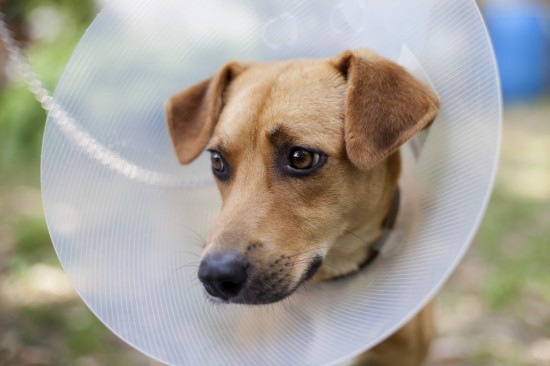
A “buster collar,” sometimes also known as an Elizabethan collar, is the name given to the plastic cone that your vet may fit and provide for your dog after surgery, or if they have an injury or irritation. The goal of using the collar is to protect a wound, sore patch or other anomaly from the dog itself; scratching, chewing, licking or otherwise worrying at a wound or sore spot will ultimately make it worse, and can interfere with healing.
Wearing a correctly fitted buster collar means that the dog’s head is isolated from the body, and so if the injury or sensitive area in question is on the body, the dog cannot reach to lick or bite it. Similarly, if the area in question is on the head, the collar keeps the dog from scratching at their ears and face.
Understandably, anything that limits your dog in this way is likely to prove rather annoying to them, and most dogs do not take well to wearing their buster collar at first. As well as protecting the wound or sensitive area, the buster collar may also potentially cause problems with eating and drinking normally, get in the way when your dog is navigating around, and make it a little harder for them to get comfortable to go to sleep.
It is often stressful and challenging for the dog owner to manage their dog wearing a buster collar for all of these reasons; but if your vet has recommended the use of one, it is really important to persevere while your dog heals. Read on for our tips and advice on helping your dog to deal with wearing a buster collar.
If your dog has had a surgical procedure that requires stitches, including spaying or neutering, they will almost certainly be sent home with a buster collar! If your dog has another minor wound or injury that requires non-surgical treatment but your dog will not leave the area in question alone, this might also necessitate the collar. Finally, if your dog is being treated for a skin allergy or irritation or even ear mites and is persistently scratching or biting at themselves, a buster collar can be helpful here too.
Exactly how long your vet will recommend the use of the buster collar for will vary from case to case, but it is not something that is used as a long-term solution, and generally only during the early stages of healing. How long your dog needs to wear it for is largely down to your dog, too; if they do not appear to be bothered by the wound or area in question and are not persistently worrying at it, the buster collar may be able to come off in short order.
Generally, the buster collar will be removed when a wound has healed enough to be able to mend itself, such as when any stitches are removed and there is no danger of the dog being able to re-open the wound, and sometimes sooner if the dog can be trusted to leave the wound alone!
Again, this largely depends on the dog themselves! If you can supervise your dog and stop them from bothering their wound, then they may not need to wear the collar while they are under direct supervision. However, bear in mind how persistent dogs can be, and that they might only need a few seconds when your back is turned to do themselves an injury! Generally, your dog should wear their buster collar at any time when they are not under direct supervision with your full attention, and possibly even when they are!
As well as the thin plastic cone collars that come right up past the end of the nose, a slightly more costly alternative is also available, which may be appropriate for some dogs. This consists of a collar made of an inflatable ring, which stops the dog from turning their head enough to bite most of the body, and may potentially stop your dog from scratching their face too. This collar can be slightly more comfortable, as it does not come up into the dog’s line of vision, but it may not be suitable for all dogs and injuries as it does not limit access to the whole body in the same way that the buster collar does.
Also, depending on the type of injury and the area it is on, you might be able to mock up a t-shirt or other cover for your dog to wear over the wound in place of the collar. However, this again will not prove a good solution for all types of wounds, so speak to your vet first if you are considering going down this route.
Eating and drinking while wearing the standard buster collar can prove a challenge until your dog gets uses to it, although this is less of a problem with the inflatable rubber collar. You may find that it is easier to take the buster collar off when your dog eats, and supervise them to ensure that they do not take this as an opportunity to go for their wound!
In order to be able to both get their head and the collar into a food or water bowl, the bowl must be relatively large- around half as large again as the circumference of the buster collar, in order to allow easy eating and drinking. It is really important that your dog can drink comfortably when wearing the collar, and is not impeded from doing so.
Be prepared to accept that eating and drinking in the collar may prove rather messy, and consider putting down newspaper!
The buster collar is designed to be slept in, although some dogs will find it awkward at first and may take a while to settle. They will not be able to tuck their heads into their paws in the way that many dogs do when they sleep, and in order to provide your dog with a sense of security, make sure that their bed is comfortable and warm, and against a wall. Think about providing a pillow or ledge for your dog too, in case this proves more comfortable for them to rest their head on.
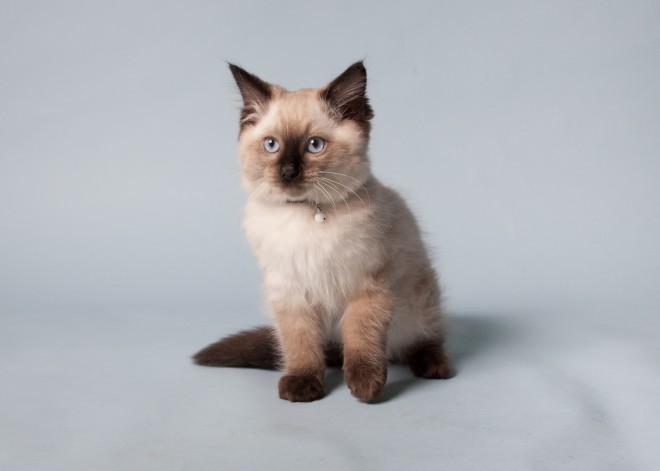 7 Gorgeous Breeds Of Colourpoint Cats
7 Gorgeous Breeds
7 Gorgeous Breeds Of Colourpoint Cats
7 Gorgeous Breeds
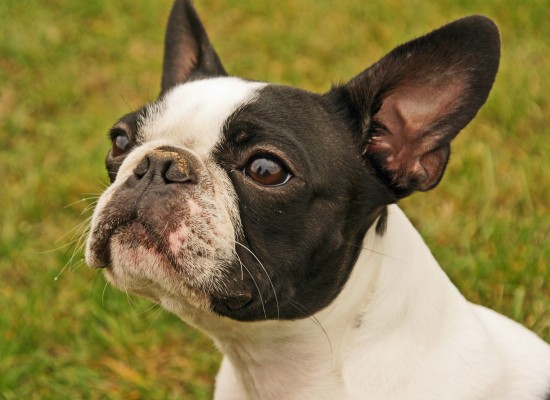 Health Issues More Commonly Seen In The Boston Terrier
Health Issues Mor
Health Issues More Commonly Seen In The Boston Terrier
Health Issues Mor
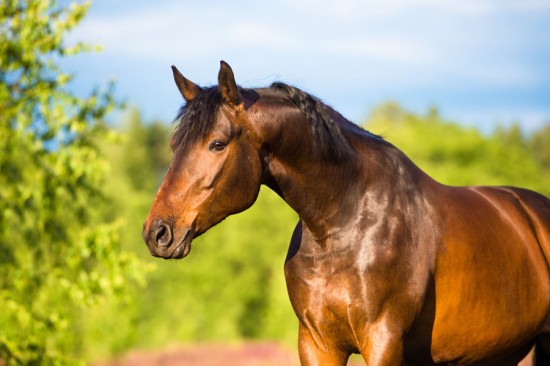 Common Skin Conditions In Horses
Common Skin Condi
Common Skin Conditions In Horses
Common Skin Condi
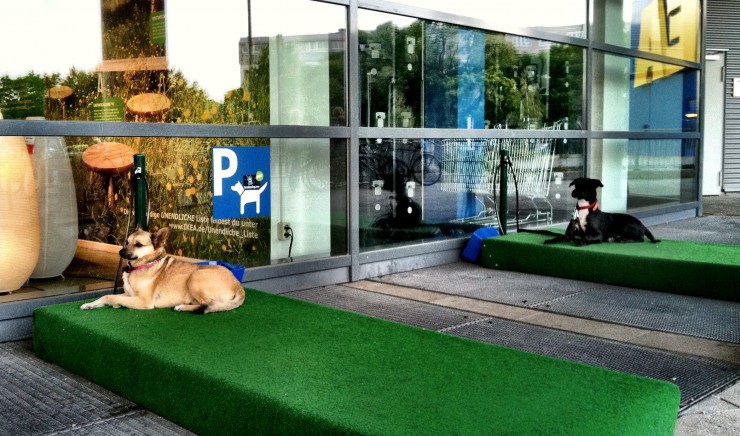 Will Ikea Dog Parking Bays Take Off In The Uk?
Will Ikea Dog Par
Will Ikea Dog Parking Bays Take Off In The Uk?
Will Ikea Dog Par
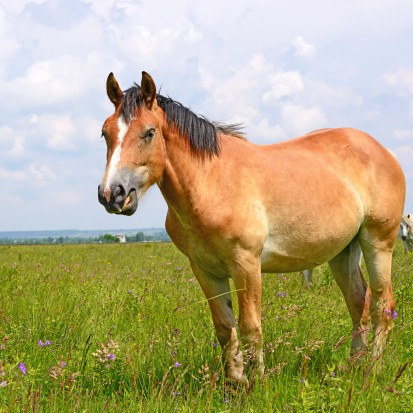 Symptoms & Treatment Of Ringworm In Horses
Symptoms & Treatm
Symptoms & Treatment Of Ringworm In Horses
Symptoms & Treatm
Copyright © 2005-2016 Pet Information All Rights Reserved
Contact us: www162date@outlook.com